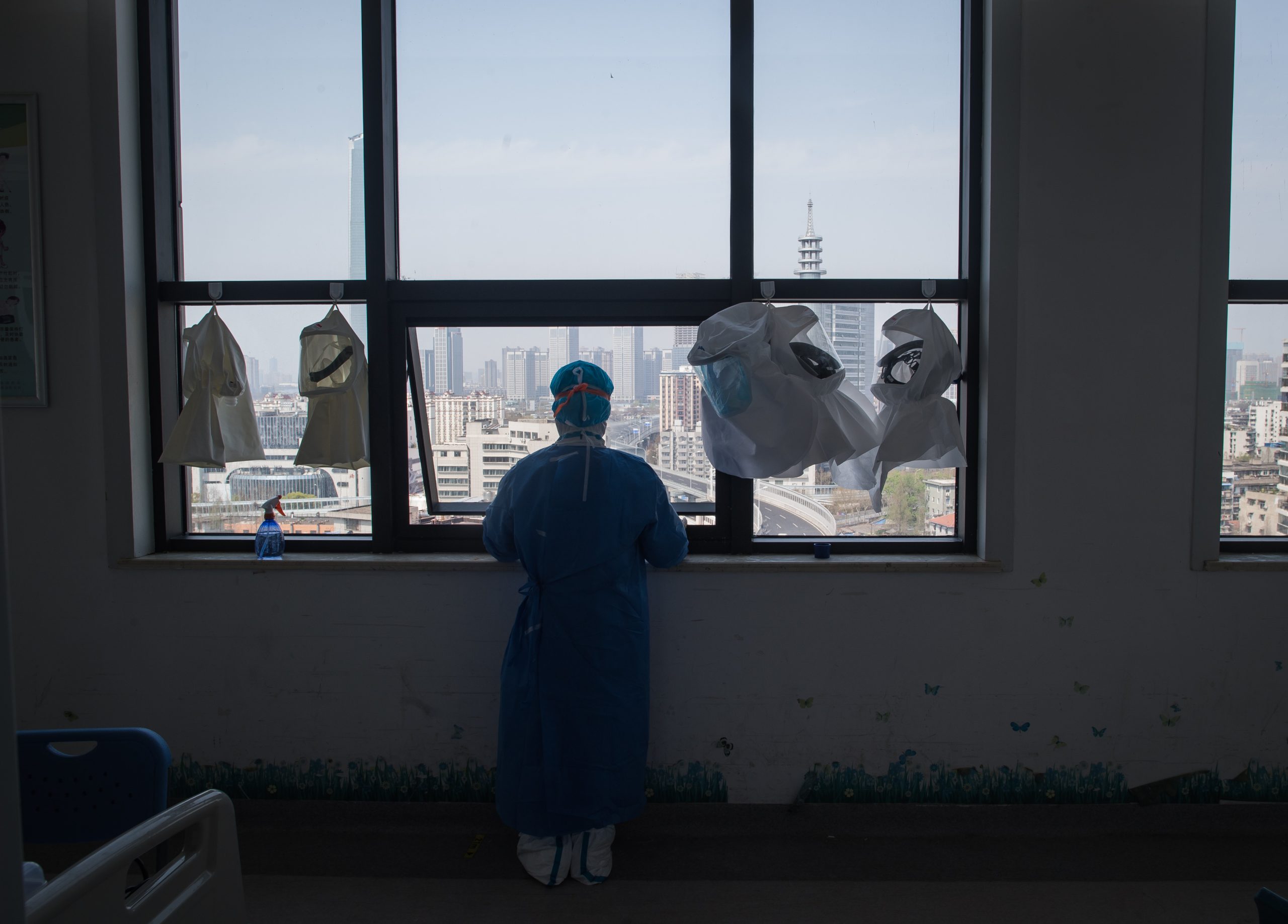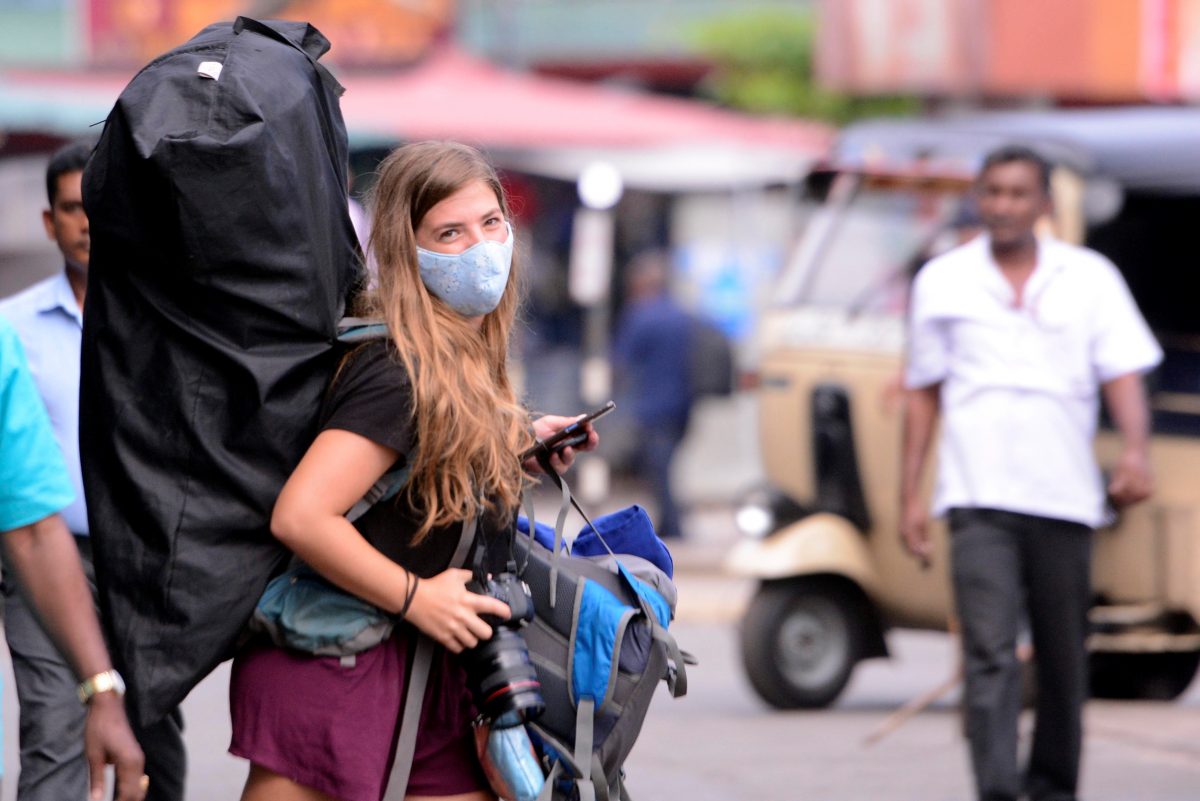An apparent surge in traffic outside hospitals in Wuhan city, the capital of China’s Hubei province, from August 2019 may suggest that the coronavirus hit the area earlier than reported, a study has revealed.
According to the study, Harvard researchers examined commercial satellite data from outside five Wuhan hospitals, comparing data from late summer and autumn 2018 to the same time period in 2019, the BBC reported on Tuesday.
In one case, researchers counted 171 cars parked at one of Wuhan’s largest, Tianyou Hospital in October 2018.
Satellite data from the same time in 2019 showed 285 vehicles in the same place, an increase of 67 per cent.

A surge in online searches for words associated with the symptoms of coronavirus like “cough” and “diarrhoea” on the Chinese search engine Baidu seemed to emerge at the same time, the study said.
“Clearly, there was some level of social disruption taking place well before what was previously identified as the start of the novel coronavirus pandemic”, the BBC quoted John Brownstein, who led the research, as saying to ABC news.
“This is all about a growing body of information pointing to something taking place in Wuhan at the time,” Brownstein added.
It is believed that the virus first appeared in China some time in November.
Authorities reported a cluster of pneumonia cases with an unknown cause to the World Health Organization (WHO) on December 31, 2019.
But Chinese Foreign Ministry spokeswoman Hua Chunying dismissed the findings at a press briefing on Tuesday, the BBC reported.
“I think it is ridiculous, incredibly ridiculous, to come up with this conclusion based on superficial observations such as traffic volume,” she said.
The WHO declared COVID-19 a Public Health Emergency of Global Concern on January 30, 2020 – this followed 82 confirmed cases outside China.









